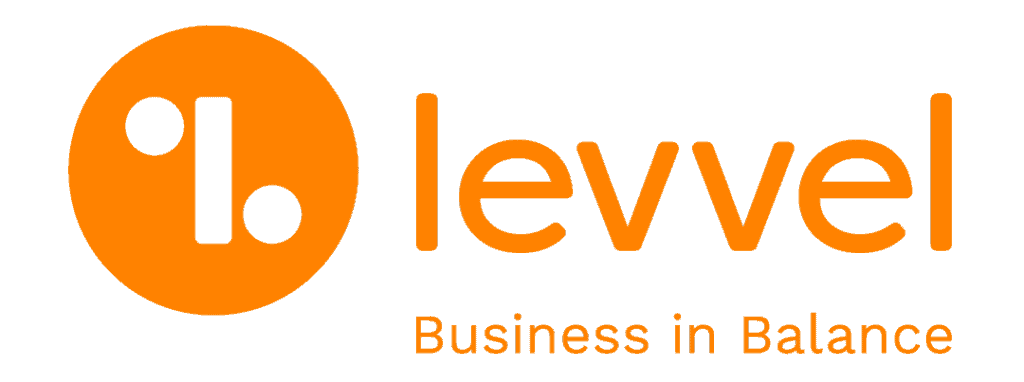One of the biggest challenges our clients often face is creating a “Desired State”. When we set out on a new project or initiative, we likely have an inkling of some benefits – it’ll make us more efficient, or it’ll save us money, or it’ll be a boon for cyber security. But putting some definition to what it will look like when it’s done is a little tougher. We have these vague ideas of the future, but when we sit down to put pencil to paper, we can’t truthfully define what the future will look like. I get it – the world is changing so fast that we really can’t know exactly what the future holds. Or we don’t want to over-sell and under-deliver – if we tell people that something will make their work lives better and easier, as good leaders we want to follow through on that promise. Until we know exactly how this new thing will impact our people, we are reluctant to tell them anything. But, perfectionism will get you nowhere.

What if we lean toward defining what we can, and being open about what we don’t know? It’s a little less tangible, sure. But it will help to get your team in the right frame of mind to adopt the change. What we need to do is reduce uncertainty by clarifying what we can and providing process around the unclear. For example, a simple message like “this is what we know today, and I’ll have an update for you on your questions in 2 weeks” goes a long way. Or “we know that this change will likely require you to build some new skills, and we will be supporting that journey”. Or what about “This is what we know today, and I know it doesn’t answer all of your questions, but I am committed to providing you with updates every few weeks and being transparent about how this will impact us as a team”. Powerful, right?
When thinking about the future, try and think less in terms of “this is exactly what a day in the life will look like” and more in terms of these 4 questions:
- What skills will my team require to fit into the future?
- What processes will change and how will I communicate that to my team?
- Will there be any technology, infrastructure, or geographical changes because of this? If so, what are they for my team?
- What are the beliefs and behaviours that will support this new way – and do they differ from today’s beliefs and behaviours?
If you take a stab at these 4 questions, you might just find that you have more definition of the future than you thought. It will give your team comfort to know that you are truly thinking through the people side of change; humanity, transparency, and open communication are the best tools in your toolkit as you move toward building capability for successful change.
~ by Courtney Weiss, Managing Director, Organizational Change. Reach out to Connect@levvel.ca


